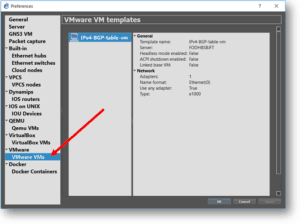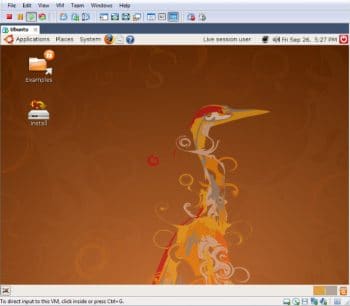

- QEMU VS VIRTUALBOX INSTALL
- QEMU VS VIRTUALBOX FULL
- QEMU VS VIRTUALBOX SOFTWARE
- QEMU VS VIRTUALBOX CODE
Read our full Xen Project review (opens in new tab).
QEMU VS VIRTUALBOX CODE
A key emphasis is on security by using as small a code base as possible, making it not just secure but especially flexible. The service is especially applicable for hyperscale clouds, and can easily be used with AWS, Azure, Rackspace, IBM Softlayer, and Oracle.

QEMU VS VIRTUALBOX SOFTWARE
The Xen Project software is even being used in automotive and aviation systems.

This includes but is not restricted to Infrastructure as a Service (IaaS) applications, desktop virtualization, and security virtualized. It is especially used for advanced virtualization, not least for servers, in both commercial and open source environments. The Xen Project now works with The Linux Foundation in promoting open source applications. Originally developed by Cambridge University, the staff who created it spun it into a company that was later acquired by Citrix. I just put them to the tests, give you the results, and you decide whether those results are useful.Xen Project is a free and open source virtual machine monitor (VMM), intended to serve as a type-1 hyperviser for multiple operating systems using the same hardware. Since I don’t know what those applications and benchmarks actually do, I cannot give any comment or explaination why they produce such results. Note that every benchmark has limitations and the results may completely be useless. Cedega cannot run Wintach properly, so the results are not available (# – more is better).įor QEMU and VirtualBox, I also try nbench and hdparm, compared to the native (# – more is better). It attempts to score display speed by emulating displays of word processors (font change, text scroll, text replace, etc), CAD/Draw (vector drawing, zoom, scroll), spreadsheet (table scroll), and paint (bitmap operations). Wintach is very old application – lived in MS Windows 3.x era.
QEMU VS VIRTUALBOX INSTALL
WINE, Cedega, and Crossover do not even install those benchmark. The two VMs do not support Direct3D just yet. Some recent video benchmark, like 3DMark, cannot run.

CPUMark 2.1Ī freeware to test CPU speed, memory, integer, and floating-point operations (# – more is better). The native machine is Apple MacBook Core 2 Duo 2.0 GHz + 1 GB RAM with 2.6.21.5-mactel. WINE, Cedega, and CX emulates equivalent version of MS Windows and display. Setupįor QEMU and VirtualBox, they run MS Windows 2000 in the VM with 256 MB of memory and 800×600 24 bit display. I’d also like to investigate myths/rumors saying that QEMU is faster than VirtualBox, Cedega is faster than QEMU, etc. Anyway, benchmark would also be a good idea for comparisons. Particularly, Cedega is good for 2D/3D games because of its advances in DirectX API implementation while Crossover focuses mainly on office and productivity applications such as MS Office, MS Outlook, IBM Lotus Notes, and Adobe Photoshop. Some application may not be able to run at all. This technique allows Windows applications to run at near native speed, but this may not be 100% compatible. They reverse engineer those WinAPI and rewrite to run on Linux. WINE, Cedega, and Crossover are a kind of WinAPI implementations. This means there are much more layers of API/libraries/vm to pass through before an application could actually grab (physical) CPU to run and this may be slower. QEMU and VirtualBox uses virtualization technique, you need to install a full OS inside the VM, so they should give you the best compatibility. Still, there are differences among them and each has pros and cons for a particular applications. Well, these five apps could run Windows applications.


 0 kommentar(er)
0 kommentar(er)
